In honor of Earth Day later this month, I felt inspired to compile a reading guide focused on the extremes of our planet. Extreme ideas about relationships between life forms; the dynamics of the most extreme source of non-frozen fresh water on the planet; the most extreme point on our planet; the extreme impacts of a glacier-less world; the extreme conditions of the desert. You get the idea. These books have great range – purely scientific, narrative history, and even memoir. I hope you find something interesting.
Happy reading!
How the Mountains Grew: A New Geological History of North America
By John Dvorak | Published 2021 (Pegasus Books) | Read my review
North America has a truly breathtaking diversity of landscapes. It’s the main reason I love exploring the US. But how did it all form? Why are the Rocky Mountains in the middle of the continent? What explains the geological wonders of the Colorado Plateau? Are the Appalachian Mountains older than North America? Dvorak provides a highly comprehensive geological history of North America and teaches you everything you could ever want to know about the remarkable features that make North America so awe-inspiring. Get your notepad ready for this one – it’s brimming with interesting facts and information about this beautiful – ever changing – continent.
Entangled Life: How Fungi Make Our Worlds, Change Our Minds & Shape Our Futures
By Merlin Sheldrake | Published 2020 (Random House)
When I first read Entangled Life I was astounded. So much of the information Sheldrake presented was new to me. How fungi communicate, how fungi support entire forest ecosystems – absolutely mind-blowing information. Fungi truly represent a branch of life that questions concepts we take for granted, such as communication and intelligence. Much of the work presented here was pioneered by Suzanne Simard (who has a highly recommended memoir, Finding the Mother Tree, at the end of this list) who discovered how fungi networks support forest ecosystems. If you know little about fungi except for the cremini mushrooms you throw in your pasta, pick up this beautiful book.
Meltdown: The Earth Without Glaciers
By Jorge Daniel Taillant | Published 2021 (Oxford University Press) | Read my review
I saw my first glacier up close at Glacier National Park in 2021. They are truly awe-inspiring geological features. Unfortunately, however, they will nearly all be gone at the park in the coming decades. Glaciers are the canary in the coalmine for climate change. While glaciers have historically grown and retreated in long cycles, we are overshooting our glacial minimum and are at risk of losing these vital assets. Meltdown explains how integral the worlds glacial systems are to our current planet ecosystems, and details the ways in which our lives will be impacted once they are gone. It seems this is an inevitable future rather than a possible one as we’ve nearly hit the “tipping point” at which runaway melting of glaciers and ice sheets, like Greenland, will occur. This is a great read that will spark your curiosity of all things glaciers, and an excellent complement to Ice Rivers, shared above.
A Walk in the Park: The True Story of a Spectacular Misadventure in the Grand Canyon
By Kevin Fedarko | Published 2024 (Scribner) | Read my review
I’ve spent a bit of time in the desert having lived in Utah for five years. And I’m convinced that the desert will kill you faster than anywhere else on earth. If you’re curious about what kinds of things could go wrong, this book gives you examples from one of the most extreme geological features on our planet: the Grand Canyon. When Kevin Fedarko and Pete McBride made the decision to do a 100-mile thru hike of the Grand Canyon, their arrogance nearly got them killed countless times. I continued reading knowing that they survived because I was listening to them tell their story, but I was also on the edge of my seat screaming at them as they decided to do one moronic thing after another. It’s a wildly good read.
The Tangled Tree: A Radical New History of Life
By David Quammen | Published 2018 (Simon & Schuster)
Somehow, I’ve failed to include this book in one of my book guides, which is very surprising since it’s one of my favorite history of science books I’ve ever read, written by one of the greats of the genre. I studied evolution in graduate school, and I’ve spent a lot of time since graduating reading more on the history of how we came to know what we do about evolution. In this book, Quammen details the history of how horizontal gene transfer was discovered, and ultimately how our tree of life became much more tangled and complex than previously thought. It’s not only a wonderful scientific read, it’s also a delightful story telling experience.
The Death and Life of the Great Lakes
By Dan Egan | Published 2017 (W. W. Norton & Company) | Read my review
As a native Michigander, we often take for granted that we have the largest source of accessible fresh water on the planet. And, I’ll be honest. I had no clue what the hell was happening with them ecologically until reading this book. Egan shares the terrifying reality of the ecological catastrophe that has been afflicting the Great Lakes. Myriad decisions since the 20th century had a snowball effect of other decisions to fix the ecological catastrophes and tame the some 180+ counted invasive species that have ruined the natural ecosystem of the Great Lakes that had been evolving for the last 10,000 years. This is phenomenal book and expertly written.
The Third Pole: Mystery, Obsession, and Death on Mount Everest
By Mark Synnott | Published 2021 (Dutton) | Read my review
At some point I got into reading adventure memoirs on Everest, probably because I dream of just… climbing mountains. And while Everest seems attainable, and in fact thousands ascend the tallest peak in the world each year, it is actually a very difficult climb. In this part history, part memoir, Synnott tells the story of his own Everest climb in addition to the historic race to climb the mountain the in early 1900s. I really enjoyed this book as it gave such a raw account of the mountain. The story telling was also phenomenal.
Finding the Mother Tree: Discovering the Wisdom of the Forest
By Suzanne Simard | Published 2022 (Knopf)
Finding the Mother Tree was an incredible story of a woman making a massive impact on our understanding of forest ecology along an unlikely journey. Growing up in British Columbia, Simard began her career working for the forest service and funding her way through graduate studies on grants. Upset due to the impact of the logging industry and curious about the unsuccessful replenishment of the forests, Simard began thinking about forest ecology in a new way. What if trees cooperated and communicated to help each other grow? What if forest health depended on diversity and dynamic communication through fungi? Through careful experimentation, Simard broke ground on our understanding of cooperation among plants and fungi. A remarkable scientific journey.






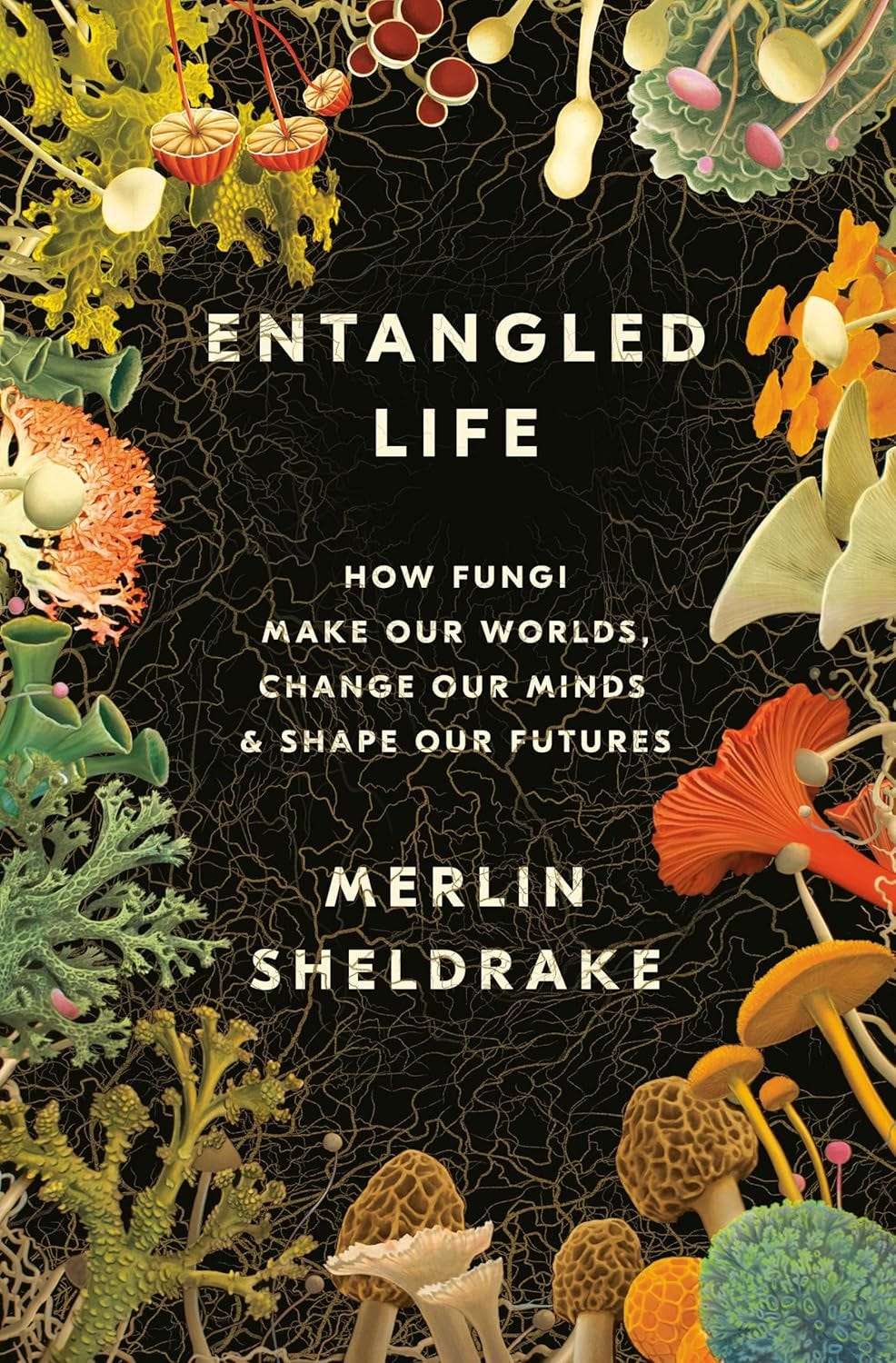
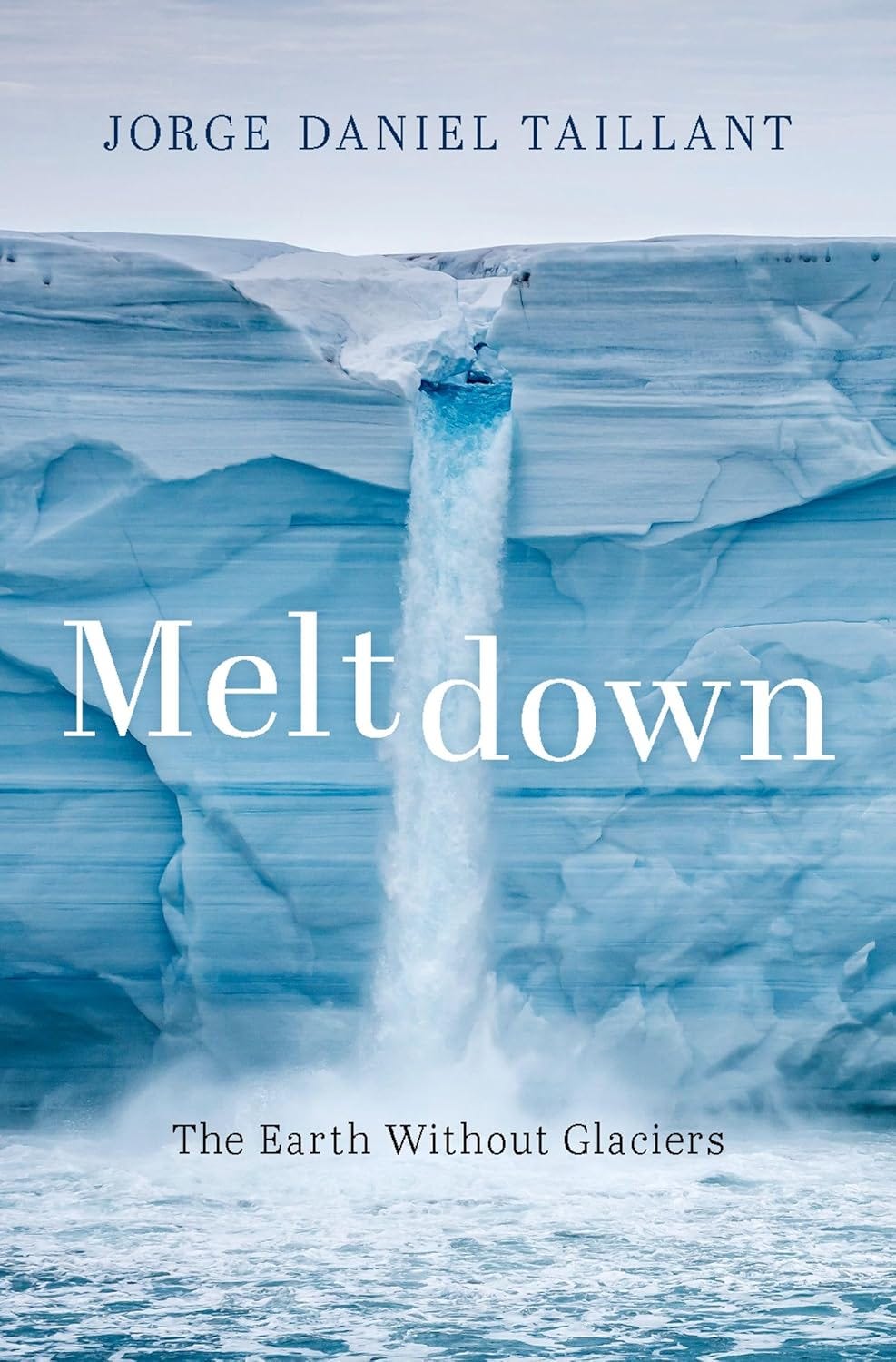
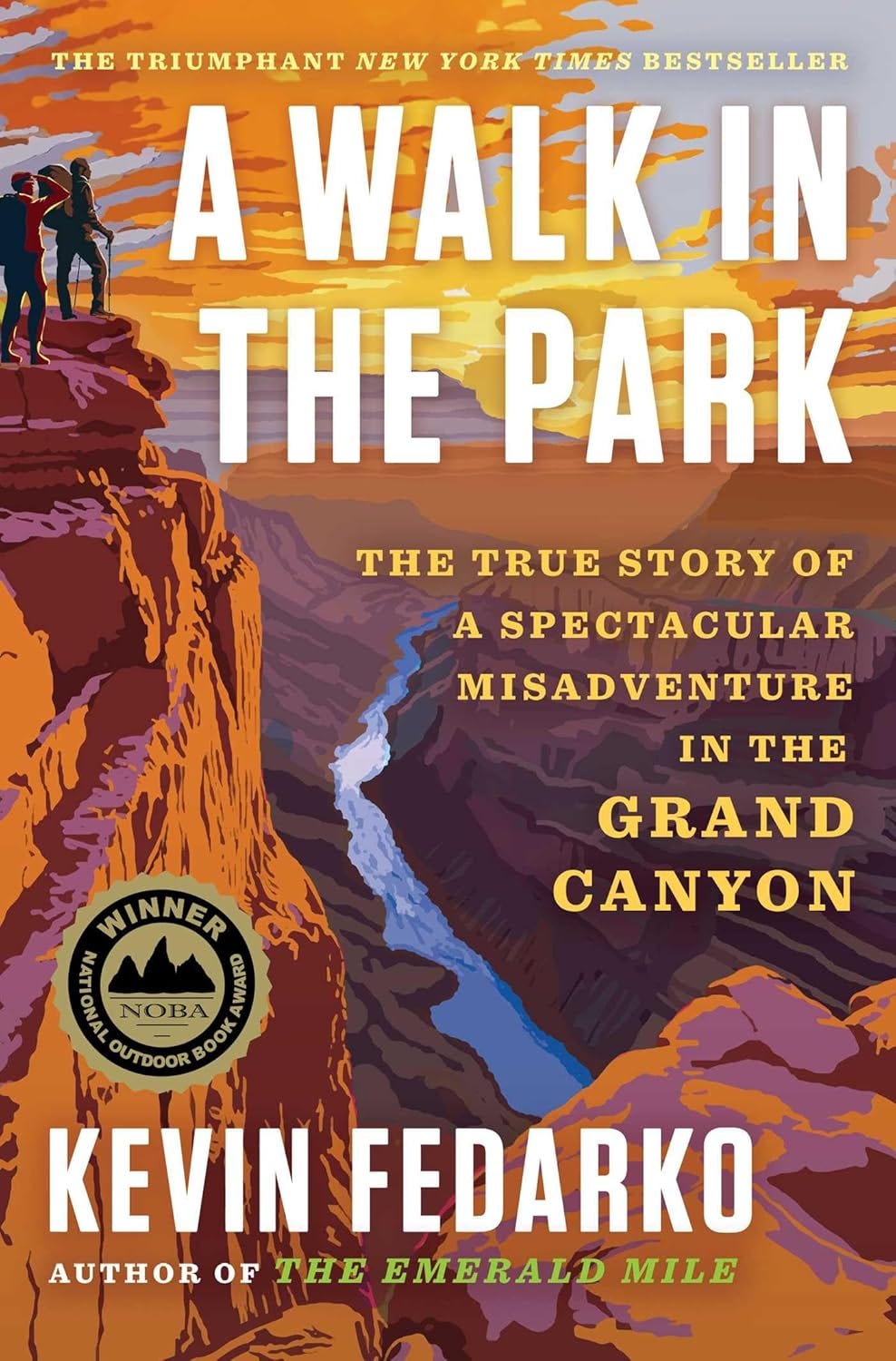
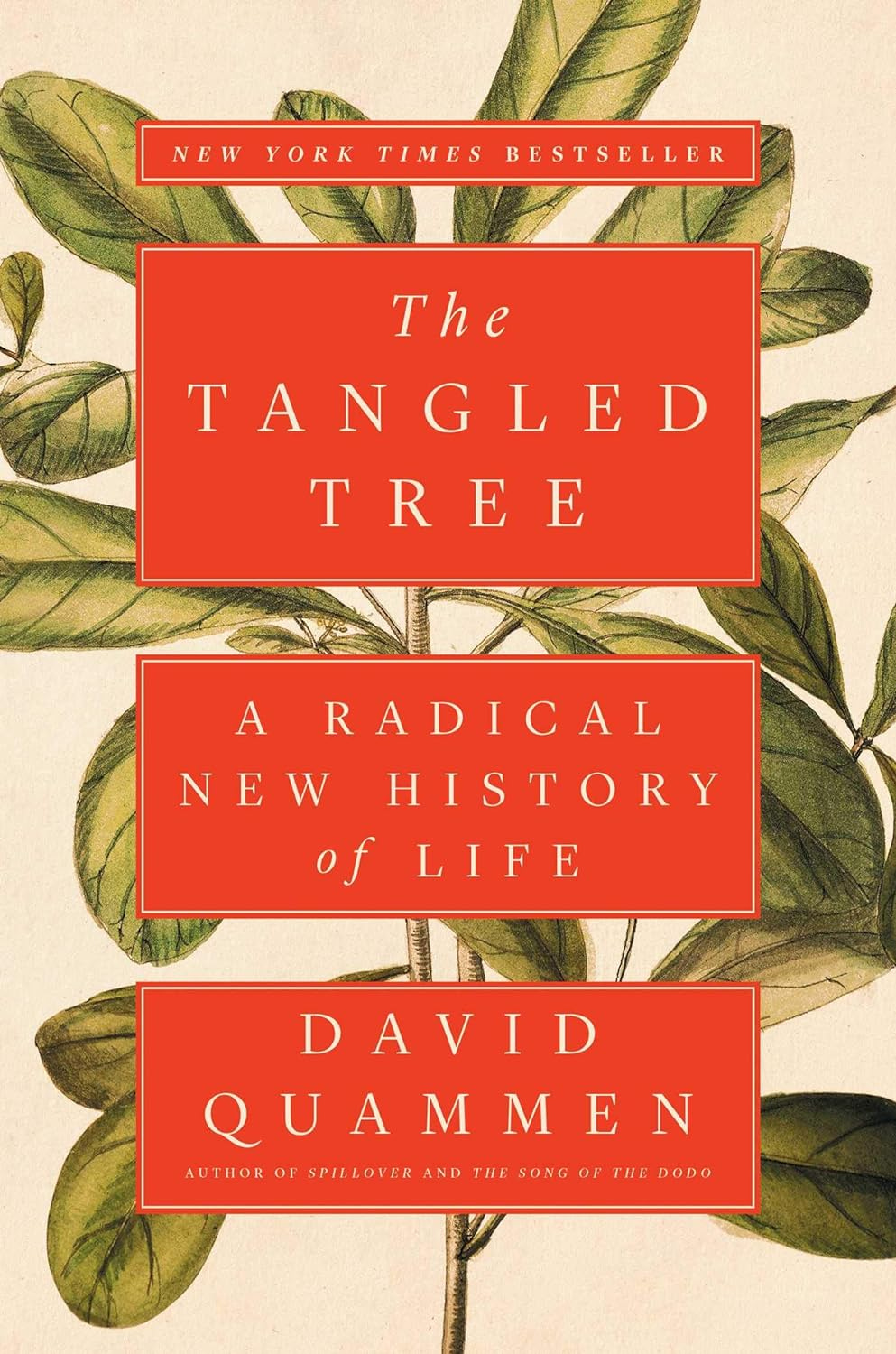
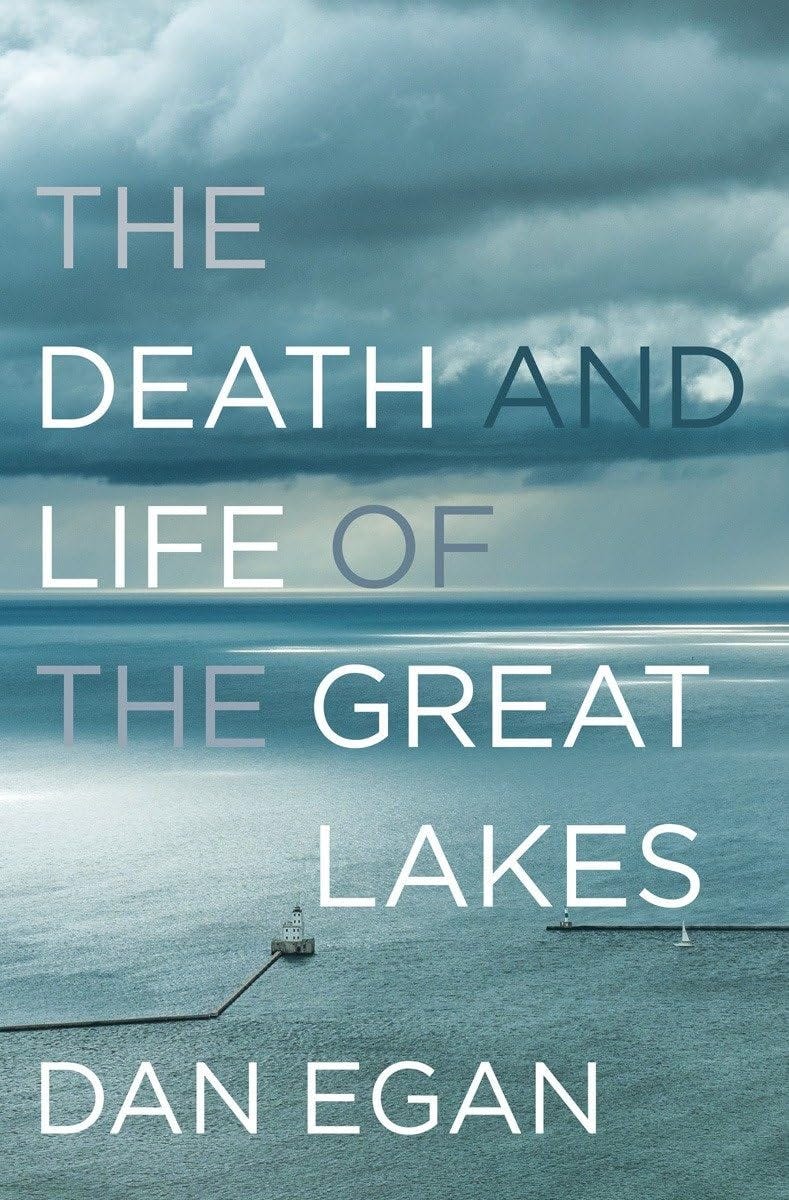
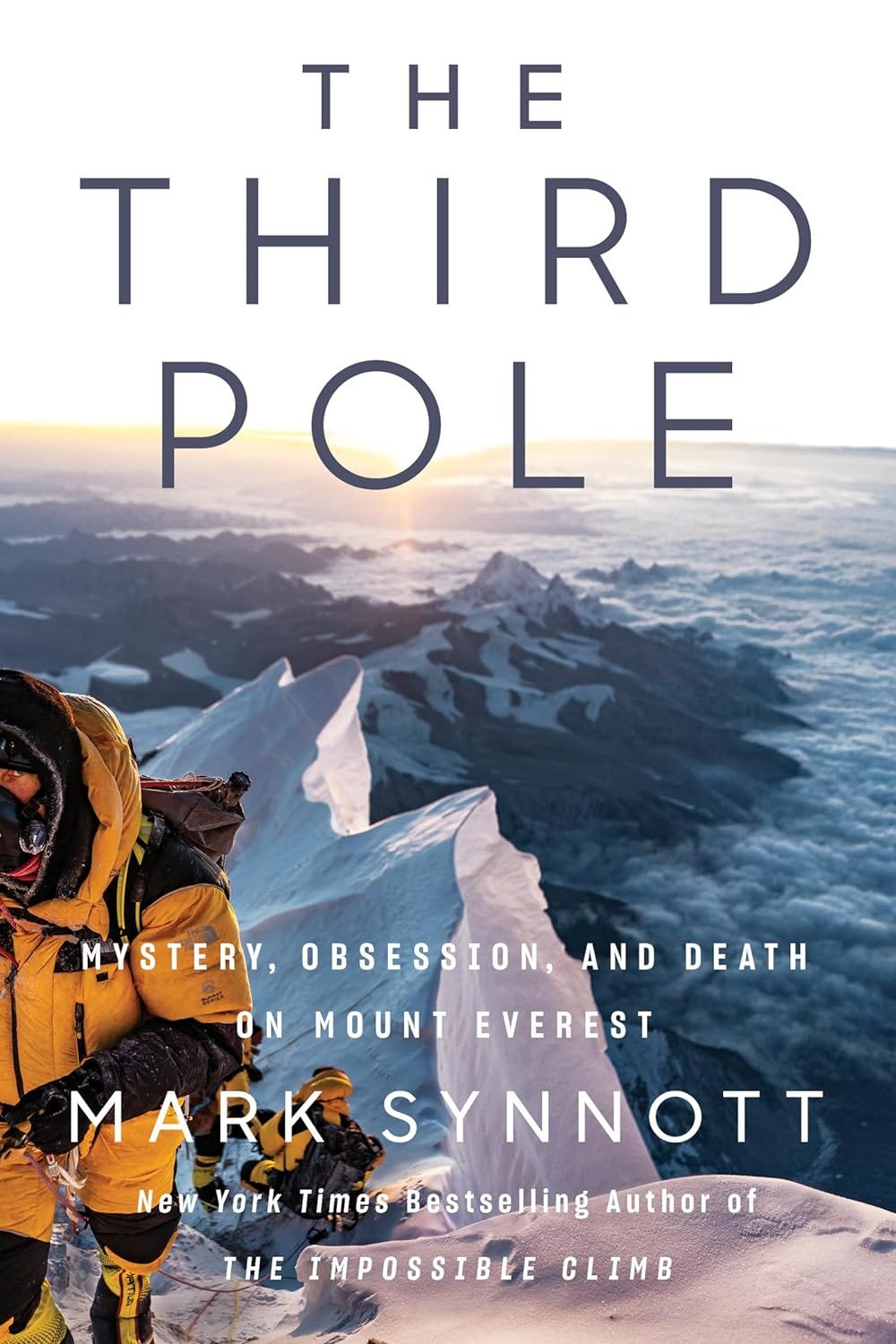
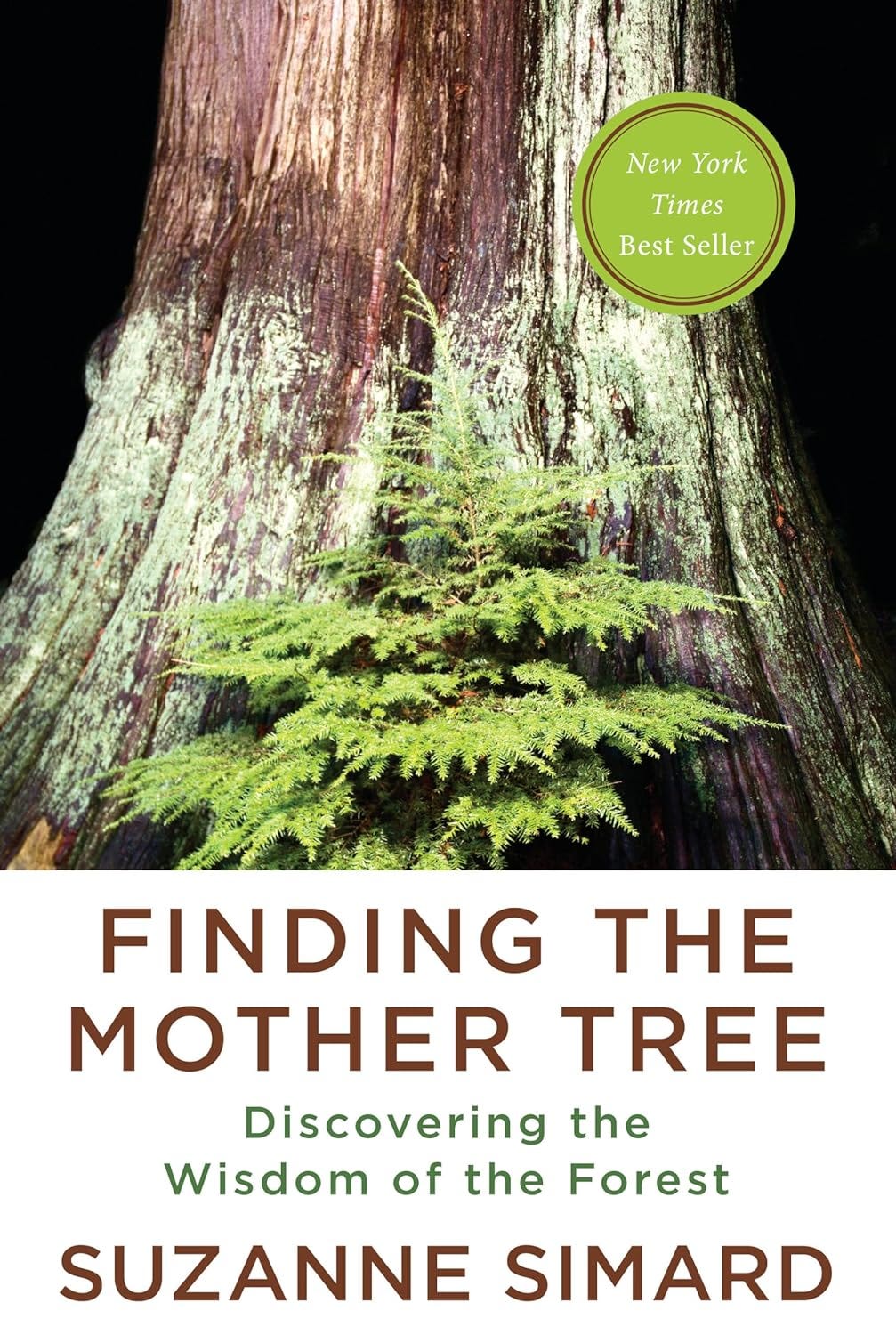
Again, fantastic reviews of incredibly interesting books! Great stuff! I would like to suggest another book that would fit well in this series: Last Chance to See, by Douglas Adams and Mark Carwardine. It's about nearly-extinct species. And oddly, it's not only one of the saddest, but also one of the funniest books I have ever read.